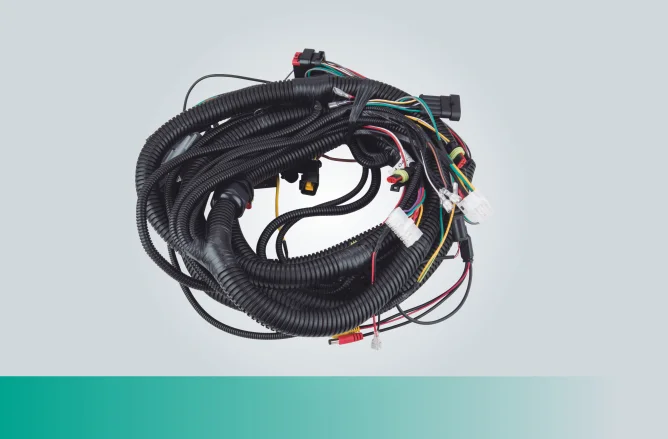In the realm of modern automotive technology, automatic braking systems (ABS) have emerged as a pivotal safety feature designed to prevent collisions and enhance driver control. However, there are instances where drivers may wish to deactivate this feature, whether for personal preference, specific driving conditions, or troubleshooting purposes. This article delves into the intricacies of automatic braking systems, the reasons one might consider deactivation, and a step-by-step guide on how to do so safely and effectively.
Understanding Automatic Braking Systems
Automatic braking systems utilize a combination of sensors, cameras, and radar to detect potential obstacles in the vehicle's path. When the system identifies a risk of collision, it autonomously applies the brakes to mitigate or prevent an accident. While this technology significantly enhances safety, it can sometimes lead to unintended braking in situations where the driver may not perceive a threat, such as during heavy traffic or when navigating tight spaces.
Reasons for Deactivation
- Personal Preference: Some drivers may find the automatic braking feature intrusive or overly sensitive, leading to unexpected stops that can disrupt the flow of driving.
- Off-Road or Specific Driving Conditions: In off-road scenarios or during certain maneuvers, such as towing, the automatic braking system may interfere with the vehicle's performance. Deactivating the system can provide the driver with more control.
- Troubleshooting: If the automatic braking system is malfunctioning or causing erratic behavior, temporarily deactivating it may be necessary until the issue is resolved.
How to Deactivate Automatic Braking Systems
Deactivating the automatic braking system varies by vehicle make and model. However, the following general steps can guide you through the process:
Step 1: Consult the Owner’s Manual
Before making any adjustments, it is crucial to consult your vehicle's owner’s manual. This document provides specific instructions tailored to your vehicle's make and model, including the location of the automatic braking system controls.
Step 2: Locate the Control Interface
Most vehicles equipped with automatic braking systems feature a control interface on the dashboard or center console. Look for buttons or settings labeled Automatic Braking, Collision Avoidance, or similar terms. In some vehicles, this feature may be integrated into the vehicle's infotainment system.
Step 3: Access the Settings
Using the control interface, navigate to the settings menu. Depending on your vehicle, you may need to scroll through various options to find the automatic braking settings.
Step 4: Deactivate the System
Once you have located the automatic braking settings, select the option to deactivate or turn off the system. In some vehicles, this may involve toggling a switch or pressing a button. Confirm your selection if prompted.
Step 5: Verify Deactivation
After deactivating the system, it is essential to verify that the automatic braking feature is indeed turned off. You can do this by checking the dashboard for any warning lights or indicators that confirm the system's status. Additionally, take the vehicle for a short drive to ensure that the brakes do not engage automatically.
Important Considerations
- Safety First: Deactivating the automatic braking system can increase the risk of accidents. Always assess your driving environment and consider the implications of driving without this safety feature.
- Temporary Measure: If you deactivate the system for troubleshooting, ensure that you have it reactivated as soon as the issue is resolved. Regular maintenance checks can help prevent malfunctions.
- Consult a Professional: If you are unsure about the deactivation process or encounter difficulties, it is advisable to consult a certified mechanic or your vehicle's dealership for assistance.
Conclusion
While automatic braking systems are designed to enhance safety, there are valid reasons for drivers to consider deactivation. By understanding the functionality of these systems and following the appropriate steps, you can ensure that your driving experience aligns with your preferences and needs. Always prioritize safety and remain informed about your vehicle's features to make the most of modern automotive technology.



More Stories
Cat7a S/FTP Network Cable in High-Density Data Transmission Environments
UHF RFID Readers for Asset Management
Does a 4G Industrial Grade LTE WiFi Router with SIM Slot Work as a Reliable Wireless WAN Gateway?